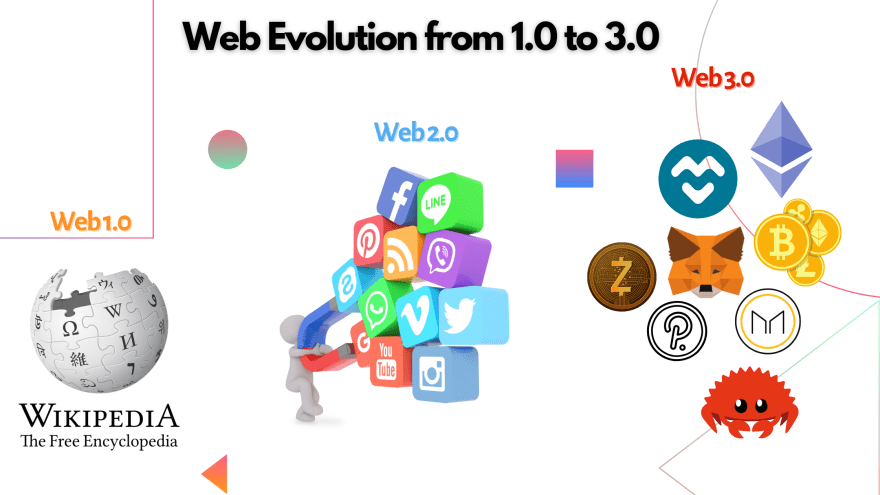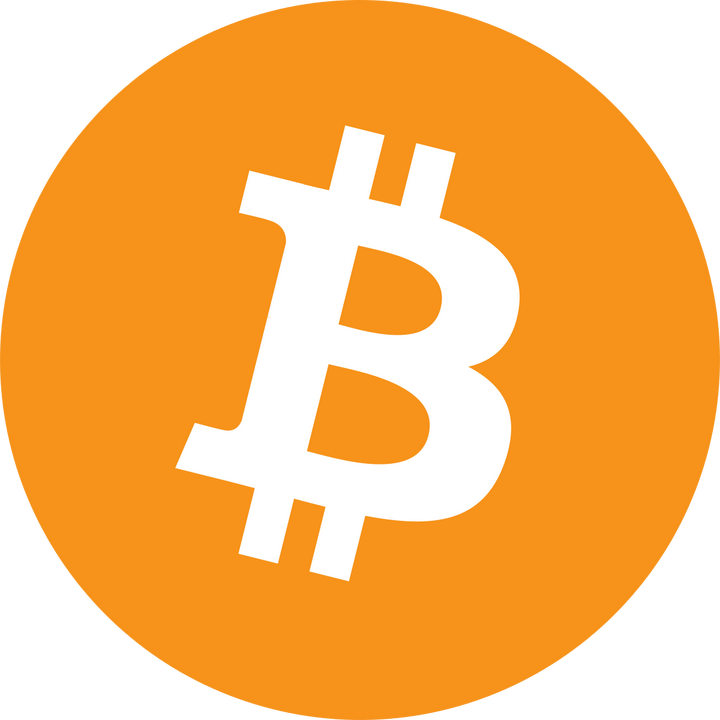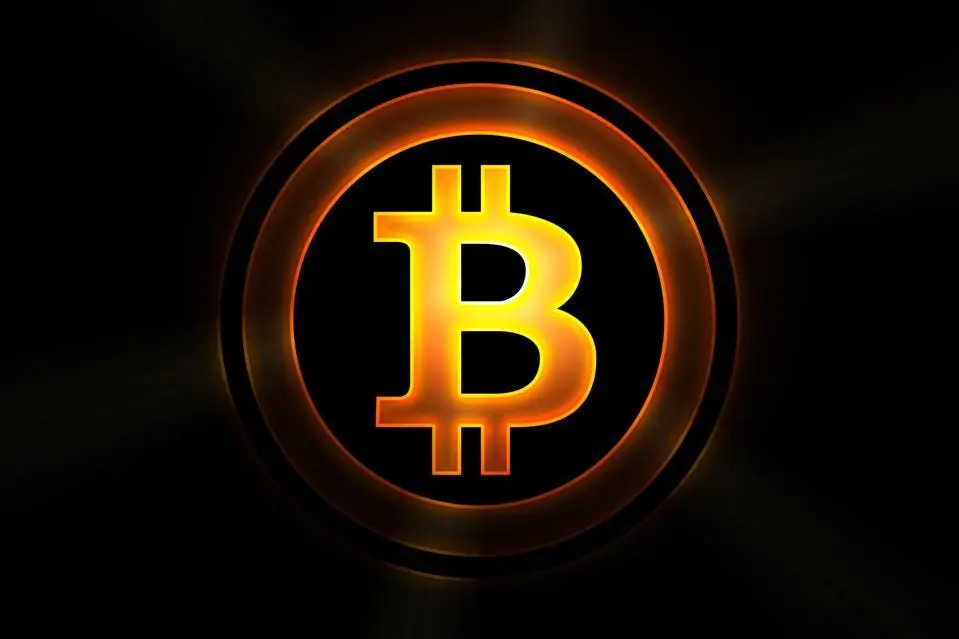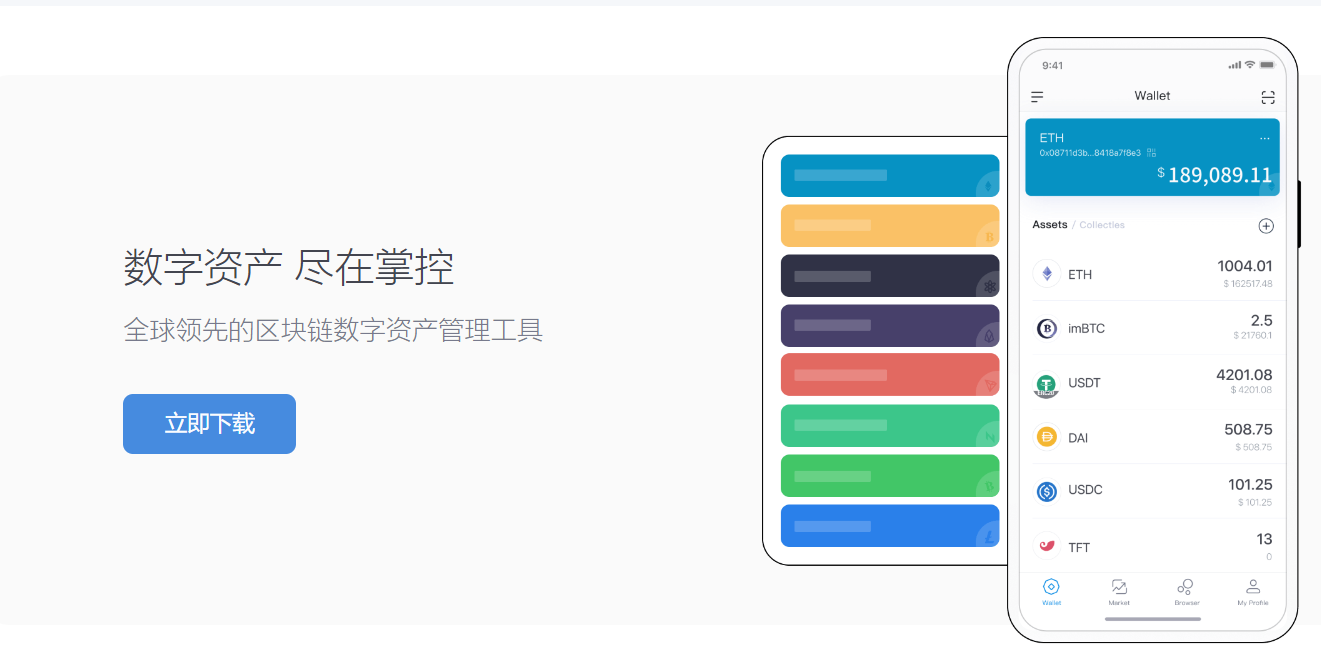Web 3.0 era: everything you create online is yours
The most special thing about Web 3.0 is that the ownership and control of the digital content created by the user belongs to the user, and the value created by the user can be distributed by the user’s own choice to sign agreements with others.
–Keqiu Li, Professor, Department of Smart Computing, Tianjin University

Recently, with the rise of the meta-universe, Web 3.0 has once again become the focus of attention for major vendors. Yao Qian, director of the Science and Technology Supervision Bureau of the CSRC, published an article “Web3.0 is a new generation of Internet that is gradually approaching”, pointing out that the Internet is at an important point in the evolution of Web2.0 to Web3.0, and strengthening Web3.0 forward-looking research and strategic foresight is undoubtedly of great significance to China’s future Internet infrastructure construction.
Web3.0 respects the “individual value” of users
Web 3.0 is for Web 1.0 and Web 2.0, representing different stages of Internet development. web 1.0 is actually the first generation of the Internet, when the Internet is mainly a network media, users visit websites, browse digital content, but can only read but not write, and there is no way to participate in the creation of content.
“People need to interact and communicate with other people, and Web 1.0 is static, so Web 2.0 was born, the interactive Internet, whose main applications are social networking and e-commerce.” Li Keqiu, a professor at Tianjin University’s Department of Smart Computing, introduced that the role of the Web platform at this time was to provide an infrastructure where the vast majority of data content was created by users, such as Taobao and WeChat.
Web 2.0 allows people to create all kinds of content freely. However, people must rely on a platform or medium when creating these contents and operating on them. Although the platform only provides a channel, all transaction records, chat records, etc. belong to the platform, while the actual creators of these contents are unable to enjoy the relevant rights and interests.
“At this point, someone will think, the ownership of my transactions and chat data should belong to me only, why the platform can also own.” In 2014, Gavin Wood, co-founder of Ether and creator of Polka Dots, first publicly introduced the concept of Web 3.0, said Li Keqiu. “The most special thing about Web 3.0 is that the ownership and control of the digital content created by the user belongs to the user, and the value created by the user can be distributed by the user’s own choice to enter into agreements with others.” Li Keqiu said.
In this case, digital content is not just simple data, but digital assets belonging to the user, and should then be protected at the asset level. This is Web 3.0, a new Internet world that is automated and intelligent.
Li Keqiu believes that Web3.0 will definitely replace Web2.0. the Internet is user-centric, and with the development of technology and the Internet environment, the next generation of the Internet is bound to break the situation of the Internet giant companies “kidnapping” users.
New technologies to help Web3.0 open, decentralized
Although as early as 2014, the concept of Web3.0 has been put forward, but because of the lack of a specific enough and public familiar with the application of the scene, Web3.0 has been in a lukewarm state.
In 2022, with the full explosion of new technologies and new industries such as digital currency, non-homogenized tokens and meta-universe, more and more people started to participate in the discussion of decentralization, virtual identity and cryptocurrency, which also ignited the enthusiasm of the technology and investment community for Web3.0 in line with the trend. Of course, the enthusiasm of Web3.0 cannot be separated from the disruptive changes brought by the development and improvement of blockchain, artificial intelligence, virtual reality and other series of technologies to the public life; meanwhile, the birth of metaverse promotes the integration of various technologies, and Web3.0 is either an important support for metaverse to realize its open and decentralized characteristics.
“Some people say that ‘meta-universe + Web3.0’ is the future. Facebook changed its name to Meta, Tencent proposed the all-true Internet …… The layout of these Internet giants for meta-universe also makes the discussion about Web3.0 discussion heated up with it.” Li Keqiu said.
Returning the ownership of data to the user, allowing the user to control the data independently, and achieving data interoperability under the premise of security is the core concept of Web3.0. So when talking about the Web 3.0 architecture, it usually refers to the decentralized applications (DApps) it represents.
The Web 2.0 architecture consists of components such as front-end, back-end, and database. Similarly, the Web 3.0 architecture can be similarly divided into front-end, back-end, and database, with the difference that the DApps front-end architecture focuses mainly on communication with smart contracts (decentralized programs), and the back-end logic is implemented through smart contracts and then deployed to a shared state machine (a.k.a. blockchain network) that does not require a centralized database or web server, but can instead use the blockchain to distribute applications between computer networks.
In addition to the new architecture, there are some realities to overcome in order to achieve widespread adoption of Web 3.0.
“In terms of serving users, we can compare Web 3.0 to a customized artificial intelligence assistant that can understand users’ needs, and it needs a lot of personal data and user habits as support.” Li Keqiu introduced that Web3.0 needs to rely on data encryption and blockchain interaction in order to protect users’ ownership of data, which inevitably has higher requirements for the browser client’s computing and storage capabilities, “but with the continuous upgrading of computing and storage technologies as well as hardware facilities, this problem should be able to be effectively solved” .
In addition, data regulation is also a problem that should not be ignored.
No information technology is 100 percent secure, and the losses when decentralized systems are attacked are often even more difficult to recover. Bitcoin and ethereum systems have both suffered serious attacks and accumulated economic losses in the hundreds of millions of dollars. Therefore, it is only when the Internet industry becomes more and more mature and the information technology becomes more and more perfect that it is possible to guarantee the security of data.
When each user can produce their own content and control it, spreading and receiving illegal content, online rumors, etc. are also problems we have to face. However, if excessive regulation is carried out at this point as a way to guarantee the safety and security of online information, it deviates from the essence of Web 3.0. Therefore, how to find a suitable balance is a test of the relevant regulatory departments and industry leading enterprises.
Therefore, Li Keqiu believes that at present, from the aspect of practical application, we still need to further plan the relevant regulations and rules to deal with the various problems that the decentralized world may face.
Web3.0 faces more than just technical difficulties
Although from the current discussion heat, there is a sense of Web3.0 momentum will arrive, but for the Web3.0 specific when to really land this issue, there are still a variety of opinions, some say Web3.0 era has arrived, some say it will take 5 or 10 years.
“We can see that whether it is Web2.0 or Web3.0, are in line with the user-centric concept to iterate and upgrade, but by the constraints and impact of technological development and business models, eventually presented a different form.” Li Keqiu believes that the conflict of interest between Internet users and Internet enterprises is increasing, and the development of blockchain technology brings technical hope for the effective resolution of this conflict. Currently, many Internet enterprises have started to explore and apply Web3.0-related technologies, and with the continuous deepening and perfection of the application, we may unknowingly enter the Web3.0 era, and at that time, we can truly define when Web3.0 is realized by summarizing the most remarkable signs of Web3.0.
However, at present, Web3.0 still faces many difficulties, not only technical difficulties, but also influenced by many business factors.
Now the large-scale application of blockchain technology is still in the nascent stage. As blockchain technology becomes popular, the existing business model and benefit distribution rules will definitely be greatly impacted, and the monopoly of Internet giant enterprises on user data will be broken, so that enterprises and organizations that could not grasp such data before can also join the relevant technological innovation, thus promoting the development of the overall technology.
This will allow the Internet giants to gradually erode their advantages in business models and put forward higher requirements for their own technological innovation; it will also bring many opportunities to some small-scale technology-based enterprises and promote the cultivation and development of “specialized and new” enterprises.
Although the current Web3.0 is still a long way from the daily life of Internet users, the bright future that Web3.0 can bring, the security and convenience brought to Internet users, is really worth looking forward to.
Translated with www.DeepL.com/Translator (free version)




